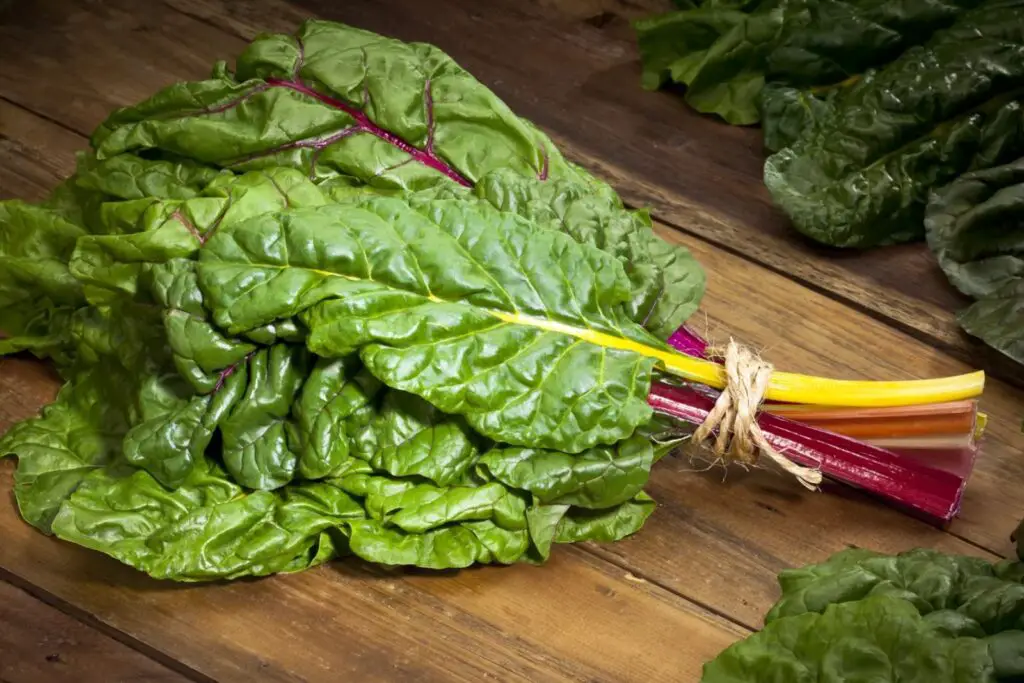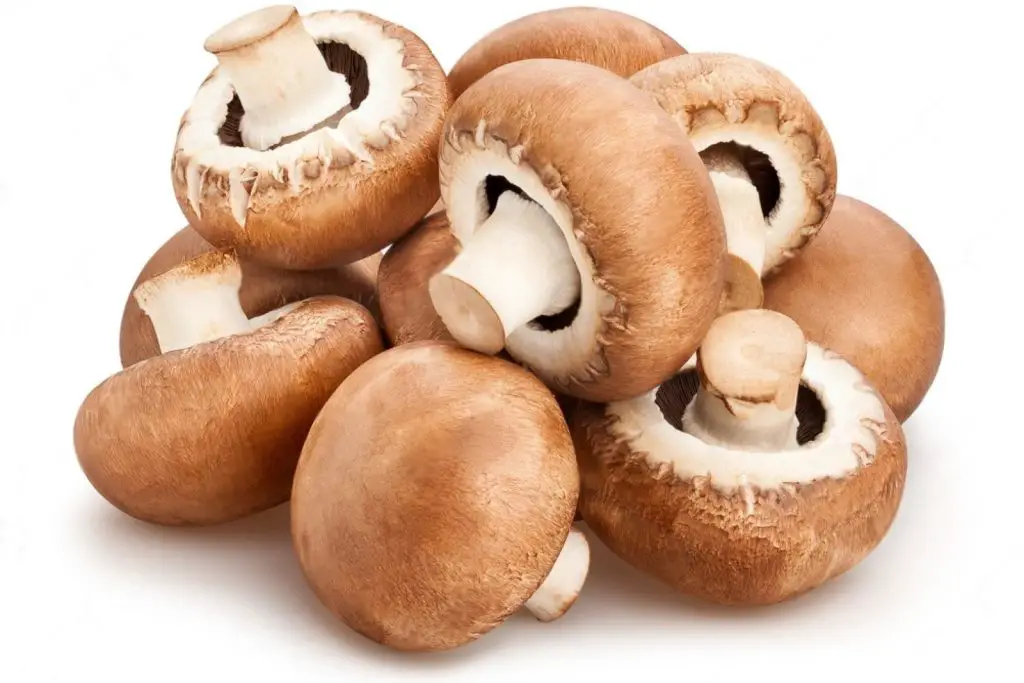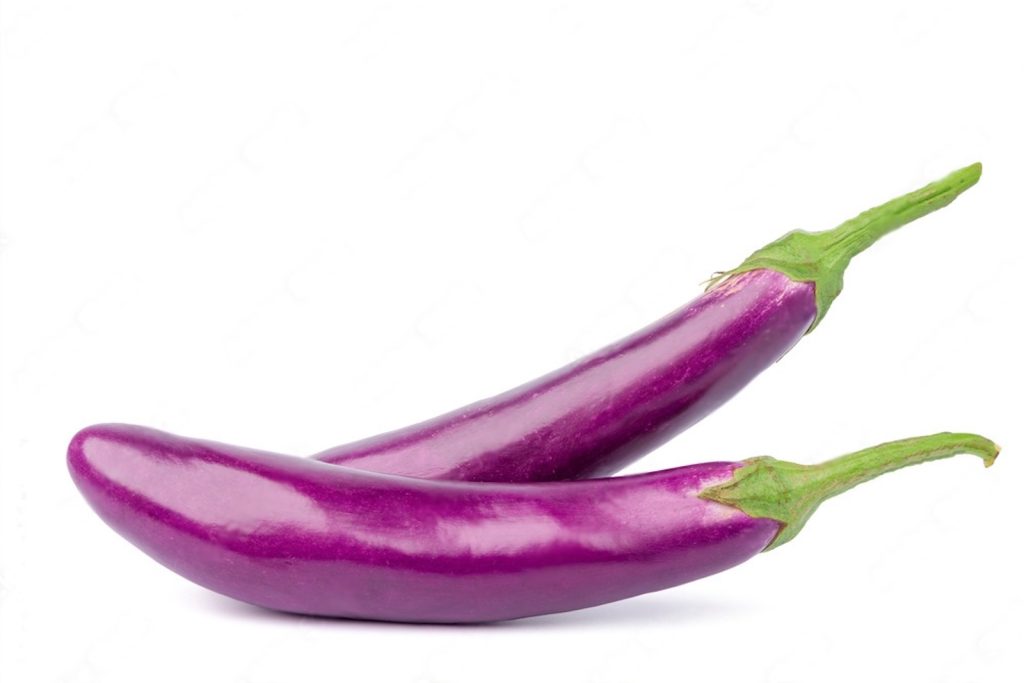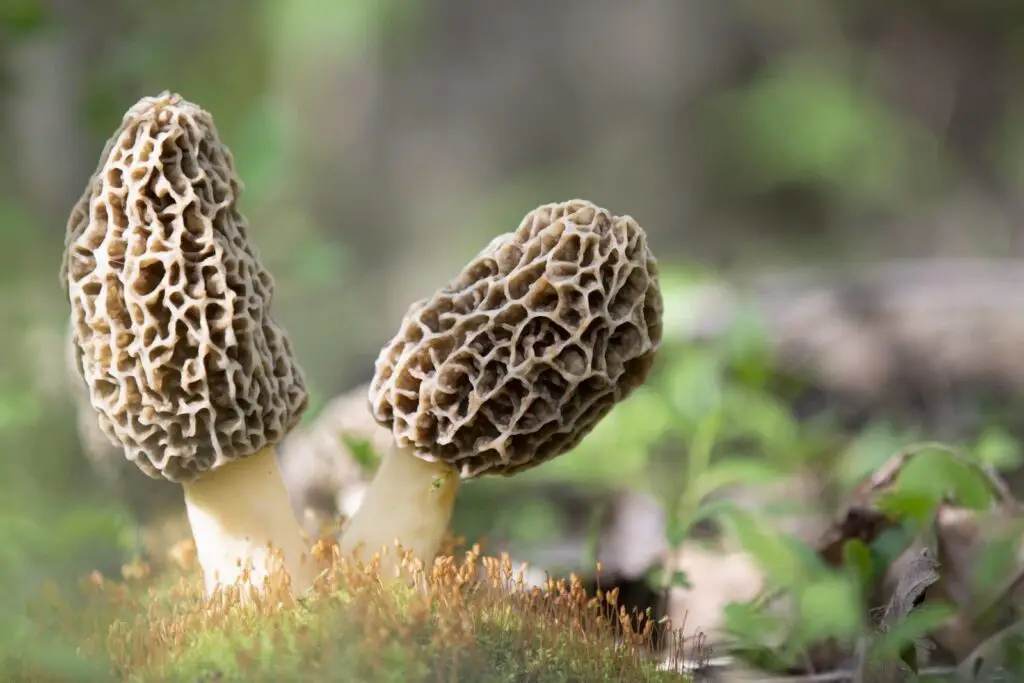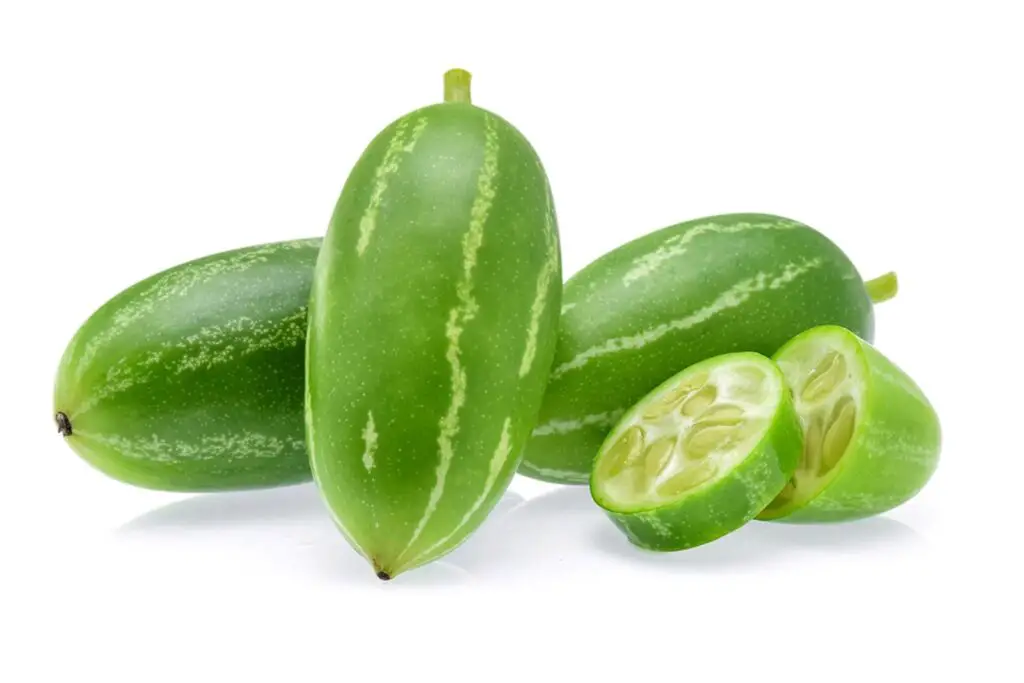
Cooked collard greens are a Southern-style side dish made from the leaves of the collard plant, which are typically boiled or simmered with smoked meat or bacon for added flavor. The greens have a slightly bitter taste and a chewy texture when cooked. They are a good source of vitamins, minerals, and fiber, and are often served as a side dish with cornbread, black-eyed peas, and other Southern staples. Freezing cooked collard greens is a great way to preserve them for later use.
Here are the steps you can follow to freeze cooked collard greens:
- Step 1. Allow the cooked collard greens to cool down to room temperature.
- Step 2. Divide the collard greens into portions.
- Step 3. Place each portion of the collard greens into a freezer-safe container or bag.
- Step 4. Make sure to remove as much air as possible from the container or bag.
- Step 5. Label the container or bag with the date and contents.
- Step 6. Place the container or bag in the freezer.
Step 1. Allow the cooked collard greens to cool down to room temperature.
This is an important step because if you put hot or warm food directly into the freezer, it can raise the temperature inside the freezer and cause the food to spoil. Moreover, condensation can form inside the container, leading to ice crystals, which can impact the texture and quality of the food.
By allowing the cooked collard greens to cool down to room temperature, you ensure that the food is at a safe temperature for storage in the freezer. It also helps to prevent the formation of ice crystals, which can affect the texture and taste of the collard greens when you reheat them later. Additionally, cooling the food down to room temperature can help to reduce the risk of bacteria growth that can occur when food is left at warm temperatures for too long.
Step 2. Divide the collard greens into portions.
This is important because it allows you to defrost only the amount of collard greens you need, rather than defrosting the entire batch, which may result in wastage.
Dividing the collard greens into portions also makes it easier to store and organize them in the freezer. You can use freezer-safe containers or bags to store the portions separately, making it easy to locate and defrost them when needed. Moreover, if you have different recipes in mind, you can portion the collard greens accordingly, making it easier to prepare different meals with them.
Dividing the collard greens into portions also allows them to freeze faster and more evenly, ensuring that they retain their flavor, texture, and quality when you reheat them later. It’s important to note that you should avoid overfilling the containers or bags, leaving enough space for the collard greens to expand as they freeze.
Step 3. Place each portion of the collard greens into a freezer-safe container or bag.
This is important because it helps to protect the collard greens from freezer burn and contamination.
Freezer-safe containers and bags are designed to withstand the extreme temperatures of the freezer and prevent moisture and air from seeping in. Using these containers or bags helps to keep the collard greens fresh and flavorful for longer periods.
When choosing freezer-safe containers or bags, it’s important to make sure that they are airtight and made of durable materials that won’t crack or break under extreme temperatures. You can use resealable bags or plastic containers with tight-fitting lids, or even glass containers that are freezer-safe.
When placing the collard greens in the container or bag, make sure to remove as much air as possible before sealing it. This helps to prevent the formation of ice crystals, which can affect the texture and flavor of the collard greens. Additionally, make sure to label the container or bag with the date and contents, so you can easily identify them later on.
Step 4. Make sure to remove as much air as possible from the container or bag.
Freezer burn occurs when moisture from the food evaporates and freezes on the surface of the food. This causes the food to become dry, discolored, and tough, and can also impact the flavor of the food. Removing as much air as possible from the container or bag helps to prevent moisture from coming into contact with the collard greens and reduces the risk of freezer burn.
To remove as much air as possible, you can use a vacuum sealer if you have one, or you can try a simple trick of partially sealing the bag and then squeezing out the remaining air before sealing it completely. With containers, you can push down on the lid to remove excess air before snapping it shut.
It’s important to note that even if you remove as much air as possible, freezer burn can still occur if the collard greens are stored for too long or at inconsistent temperatures. Therefore, it’s best to consume the collard greens within the recommended storage time frame and maintain a consistent temperature in your freezer.
Step 5. Label the container or bag with the date and contents.
By labeling the container or bag, you’ll know exactly what’s inside and when it was frozen, which can help you to plan your meals and use the collard greens before they expire. This is especially important if you freeze multiple portions of different foods, as it can be easy to forget what’s inside each container or bag over time.
In addition to labeling the container or bag with the date and contents, you can also include any other important information, such as the serving size or cooking instructions. This can help you to quickly and easily prepare the collard greens when you’re ready to use them.
It’s a good practice to use a permanent marker or label to ensure that the label doesn’t smudge or rub off over time. You can place the label on the front or top of the container or bag so that it’s easily visible, and if you stack multiple containers or bags, make sure the label is facing outward for easy identification.
Step 6. Place the container or bag in the freezer.
The last step in the freezing process is placing the container or bag of cooked collard greens in the freezer for long-term storage. This step is straightforward and involves placing the container or bag in the freezer compartment of your refrigerator.
When storing the collard greens in the freezer, it’s important to choose a spot where the temperature is consistent and where the food won’t be disturbed frequently. This will help to maintain the quality and freshness of the collard greens for as long as possible.
It’s also important to ensure that the freezer is set to the appropriate temperature for storing frozen foods, typically around 0°F (-18°C). This will help to prevent the collard greens from thawing and potentially spoiling before you’re ready to use them.
Once the container or bag is in the freezer, it’s a good practice to check on it periodically to ensure that the temperature is consistent and to monitor the storage time. It’s recommended to consume the collard greens within 3-6 months of freezing for the best quality, but they can be safely stored for longer periods of time if they are properly stored and maintained.
What are the best-recommended bags and containers for freezing cooked collard greens?
- Freezer bags: These are heavy-duty plastic bags that are designed for freezing foods. They are available in various sizes, and you can choose the size that best fits the portion of collard greens you want to freeze. They are also affordable, easy to use, and take up less space in the freezer than containers.
- Glass containers with lids: Glass containers are a great option if you prefer not to use plastic. They are sturdy, reusable, and can go from freezer to oven. Make sure to leave some space at the top of the container to allow for expansion as the food freezes.
- Plastic containers with tight-fitting lids: These containers are durable, reusable, and come in different sizes. They are great for storing larger portions of collard greens and can also be used to store other foods in the freezer.
- Vacuum-sealed bags or containers: If you have a vacuum sealer, you can use it to remove as much air as possible from the bags or containers before freezing. This method can help to prevent freezer burn and extend the shelf life of the collard greens.
Regardless of which container or bag you choose, make sure it’s labeled with the date and contents before storing it in the freezer. This will help you keep track of the storage time and ensure that you’re using the collard greens before they go bad.
Other related questions
How long are cooked collard greens good for in the freezer?
Cooked collard greens can be stored in the freezer for 3-6 months, but quality may deteriorate after 6 months. Store them properly in airtight containers to prevent freezer burn and reheating to 165°F is recommended for safety. Discard if they show signs of spoilage or freezer burn.
How do you microwave frozen cooked collard greens?
To microwave frozen cooked collard greens, transfer a portion to a microwave-safe dish and cover it with a microwave-safe lid or plastic wrap. Microwave on high for 2-4 minutes, stirring occasionally, until heated through to an internal temperature of at least 165°F. Let it rest for a minute or two before serving.
How can I tell if frozen-cooked collard greens have gone bad?
If frozen-cooked collard greens have gone bad, you may notice changes in their color, texture, or smell. They may have freezer burn, discoloration, or a slimy or mushy texture. A sour or unpleasant smell is also an indication of spoilage. When in doubt, discard them to avoid the risk of foodborne illness.
Is it better to freeze or refrigerate collard greens?
If you plan to store collard greens for more than a few days, it’s better to freeze them than refrigerate them. Refrigeration can only extend the shelf life of cooked collard greens by a few days, while freezing can extend it for several months with minimal loss of quality.
Does freezing collard greens dry them out?
Freezing collard greens can cause some moisture loss, but if they are stored properly in airtight containers or bags, the amount of moisture loss should be minimal. To help prevent excessive moisture loss, blanching the collard greens before freezing can be helpful. Proper storage can help maintain the quality and texture of the collard greens after freezing.
Can you refreeze collard greens?
It’s generally not recommended to refreeze collard greens once they have been thawed, as this can lead to the growth of harmful bacteria and reduce the quality of the collard greens. If you have thawed collard greens that you don’t plan to use, it’s best to store them in the refrigerator and consume them within a few days.

